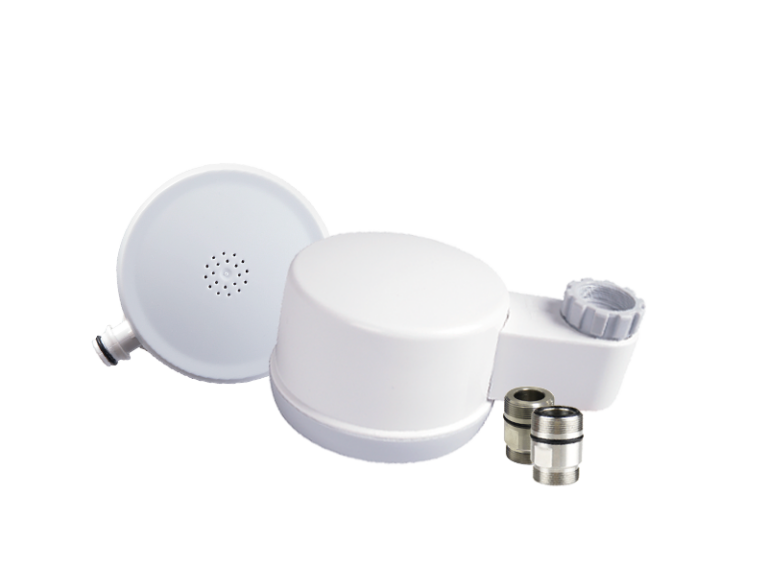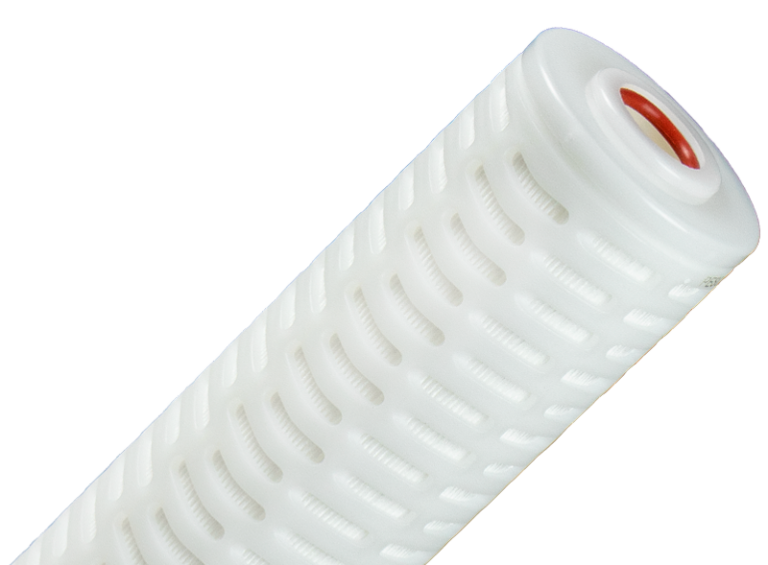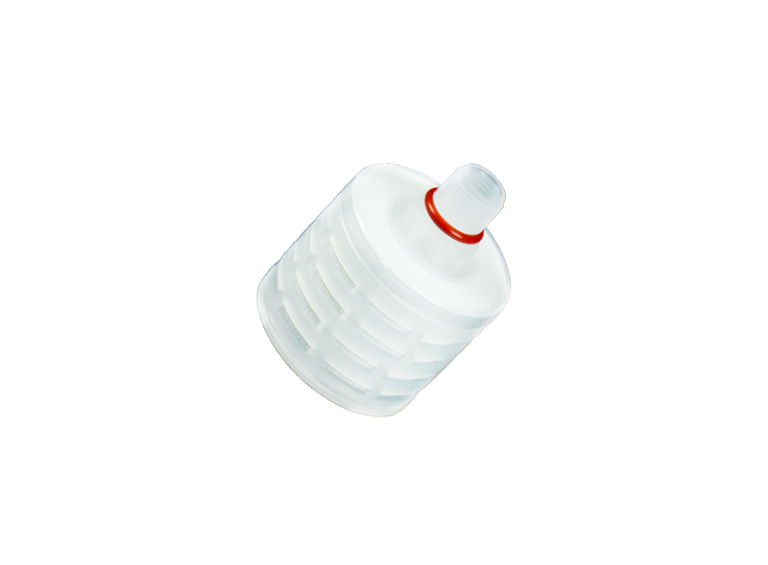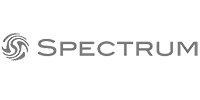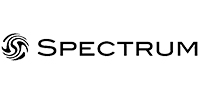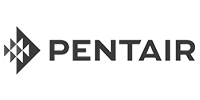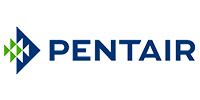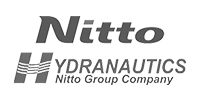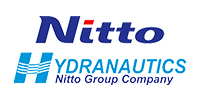Legionella bacteria can be extremely detrimental to your health, so it’s important you understand how to remove Legionella from your supply and prevent the bacteria from growing.
The only way to physically remove this harmful bacteria is with filtration!
We Recommend:
- Pentair Medical Shower and Tap Filters, which incorporate polyethersulfone hollow fibre membranes as the filtration media. These filters are commonly used in hospitals, care homes and schools to accommodate the control of Legionella, Pseudomonas and other bacteria.
- A pleated filter with up to 0.2 micron such as the SPECTRUM PPPES or SPECTRUM Bubble Point range.
- An inline cartridge such as the SPECTRUM PTL-HF, small enough to fit in the smallest places such as under a sink, while still being able to produce large volumes of ultra pure water filtering bacteria, cysts and viruses.
- SPECTRUM PTFE air vent, which stops bacteria intrusion on pure water tanks by filtering air displaced from pure water tanks during filling and usage, creating bacteria-free air.
How to prevent Legionella from growing
Ensuring proper disinfectant levels in building water systems is important for maintaining a safe environment. Various processes such as heating, storing and filtering can reduce disinfectant levels, creating conditions favourable for Legionella bacteria growth. We recommend adding disinfection measures such as chlorine, chloramine, or UV light for long-term control.
Another factor to consider is the temperature of the water. Legionella thrives in temperatures ranging between 25 – 45 degrees celsius. It is important to keep cold water cold, and hot water hot to stop it becoming a Legionella breeding ground. Additionally, in warmer climates, cold water pipes may reach temperatures attractive for Legionella growth, so it’s important to ensure these are set up in a cool, dry place.
Typically an issue for educational institutes, preventing water stagnation is key for discouraging Legionella growth. During half terms and summer holidays, a water system is not used thus becoming stagnant and the subsequent development of biofilm. Identifying areas prone to stagnation allows for targeted interventions, meaning a safer water system.
Ensuring you carry out regular maintenance and operation of building equipment is also a very important factor to preventing conditions favourable to Legionella. Biofilm, debris and corrosion can accumulate over time, providing a habitat that Legionella bacteria thrives in, therefore, a proactive approach to equipment maintenance is vital for maximising the risk of Legionella contamination.
Legionella poses a significant health risk, and understanding how to mitigate this threat is extremely important. Regular testing, combined with preventative measures and effective filtration techniques such as pleated filters or an inline cartridge, can help create a safe environment.
Want to know more? Speak to one of our experts for more information!

